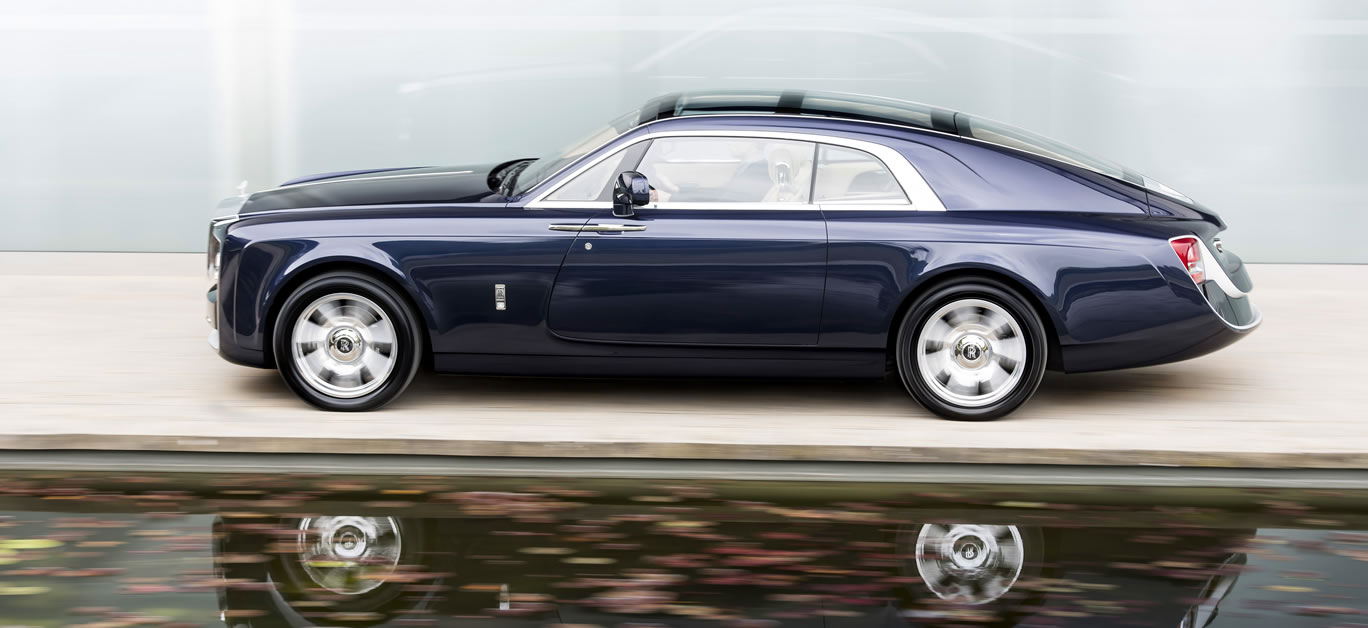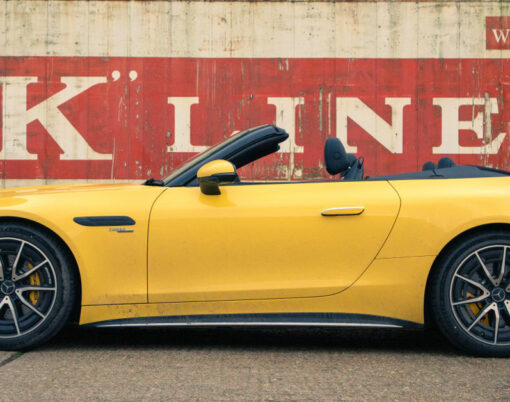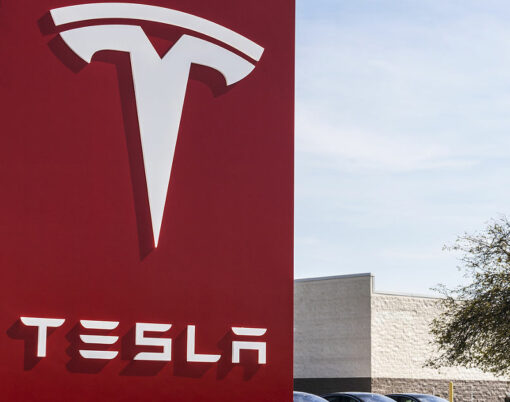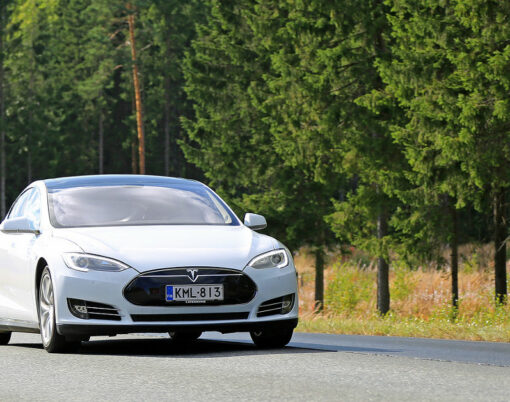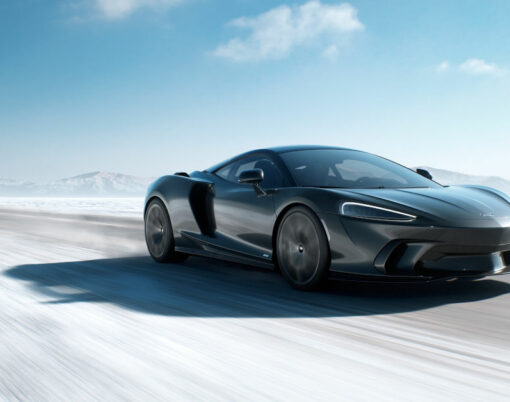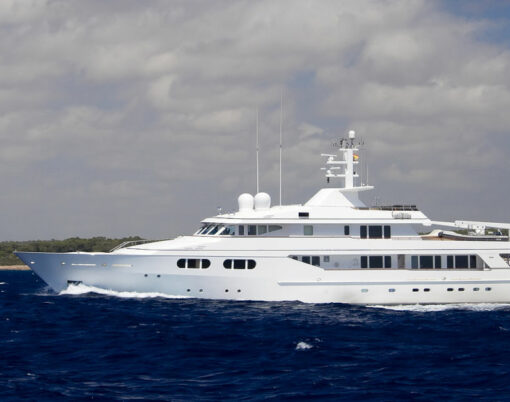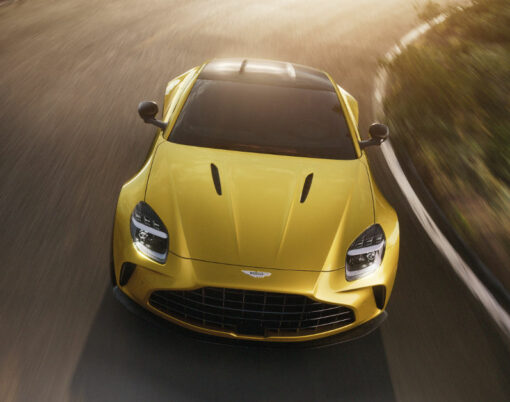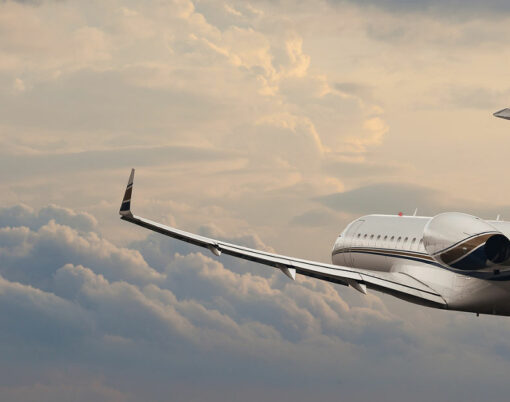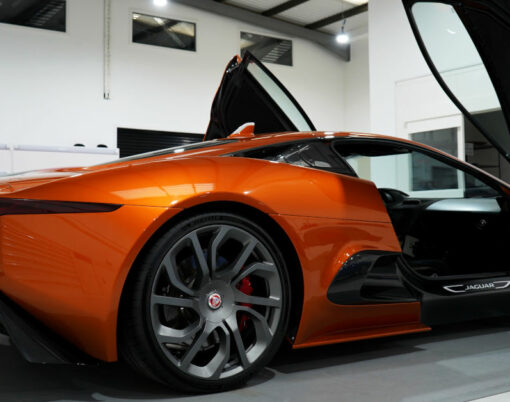“Strive for perfection in everything you do. Take the best that exists and make it better. If it doesn’t exist, create it. Accept nothing nearly right or good enough.” These are the words of Sir Henry Royce, one half of the partnership that founded the iconic British car marque, Rolls-Royce. Over the years, a Rolls-Royce would go on to become a status symbol around the world, a representation of wealth and discernment, power and prestige, craftsmanship and luxury.
In his strive for perfection, accepting nothing nearly right or good enough, Royce would indeed create an automobile product and brand that would stand the test of time and still bear his name over 115 years later. He did so alongside Charles Rolls, who is quoted as saying; “poor quality is remembered long after low prices are forgotten.” Together, these two men would establish the ultimate example of high quality goods, goods which would command the highest price points.
Mr Rolls studied mechanical engineering at Trinity College, Cambridge, where he was reported to be the first undergraduate to own a motor car. Motor vehicles became his passion and in 1903, he unofficially broke the world land speed record, driving a 30hp vehicle made by the French automobile manufacturer, Mors, at nearly 83mph. With some of the equipment in the vehicle not approved by relevant governing bodies, the accomplishment was not acknowledged officially. To finance his developing passion, Rolls would set up one of the very first car dealerships in the United Kingdom, establishing CS Rolls and Co, which imported and sold French Peugeot and Belgium Minerva motor cars.
Mr Royce’s involvement with motor vehicles stemmed from his apprenticeship with the Great Northern Railway. Inspired by the engineers he worked with, he pro-actively studied engineering in his free evenings, eventually leaving the Great Northern Railway for a spell at the Electric Light and Power Company, before establishing his own electrical and mechanical business in 1884. Royce would patent improvements to the bayonet light bulb, which remain in use today.
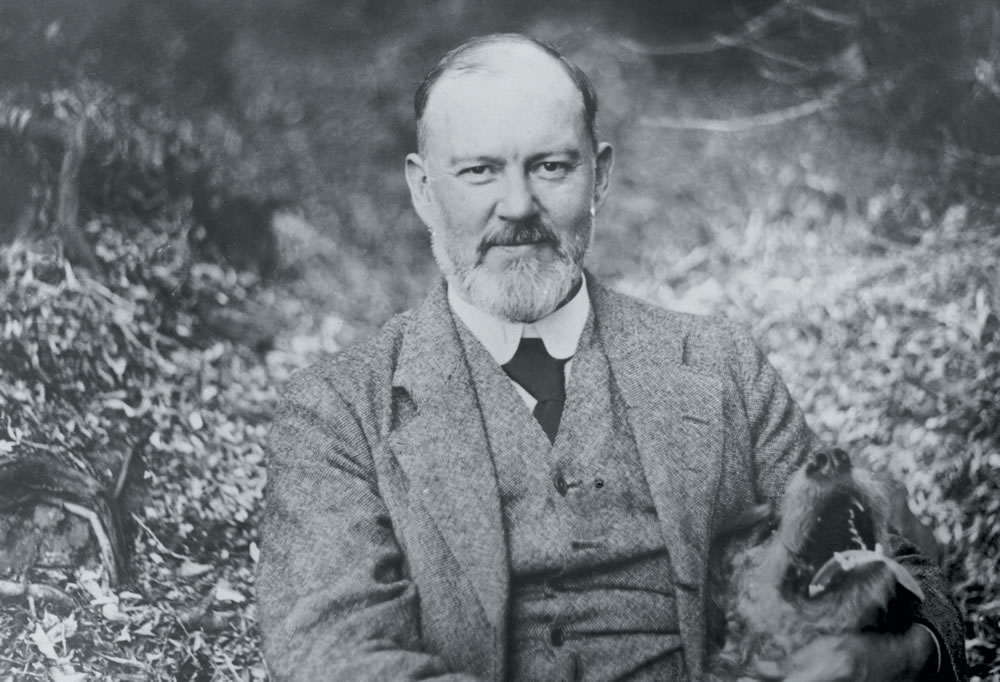
He eventually bought a two-cylinder motor vehicle by Decauville, another French manufacturer and this would spark a new interest in engines. With an inherent desire for perfection and a restless curiosity, Royce uncovered faults in his Decauville motor car and concluded that he could improve on what he was driving with his own design. He built his first petrol engine by the end of 1903 and was at the wheel of his first Royce car in 1904.
A mutual friend would make the introduction that brought these, now synonymous, names together. Henry Edmunds was a shareholder in Royce’s engineering company and a friend of Charles Rolls. Rolls wanted to sell British made vehicles and Edmunds duly made an introduction to the man behind the new 10hp Royce motor car.
After driving Royce’s vehicle, Rolls is reputed to have immediately offered to sell as many of Royce’s cars as he was able to make. The range of cars which would be sold exclusively by CS Rolls and Co. These cars would be branded ‘Rolls-Royce’. Rolls-Royce Limited was eventually founded in March 1906.
It would be Claude Johnson, Rolls’ partner at the dealership, who would become the managing director of the firm and be instrumental at creating the appeal of Rolls-Royce to a wealthy and influential audience. He made early adverts for Rolls-Royce, boldly proclaiming the six-cylinder Rolls-Royce on sale, which became known as the Silver Ghost, as the ‘best car in the world.’ The attributes highlighted were the vehicle’s superior performance, reliability and quietness. Indeed, so vital was Johnson’s work at establishing the desirability of a Rolls-Royce vehicle, that he became known as the ‘hyphen in Rolls-Royce.’
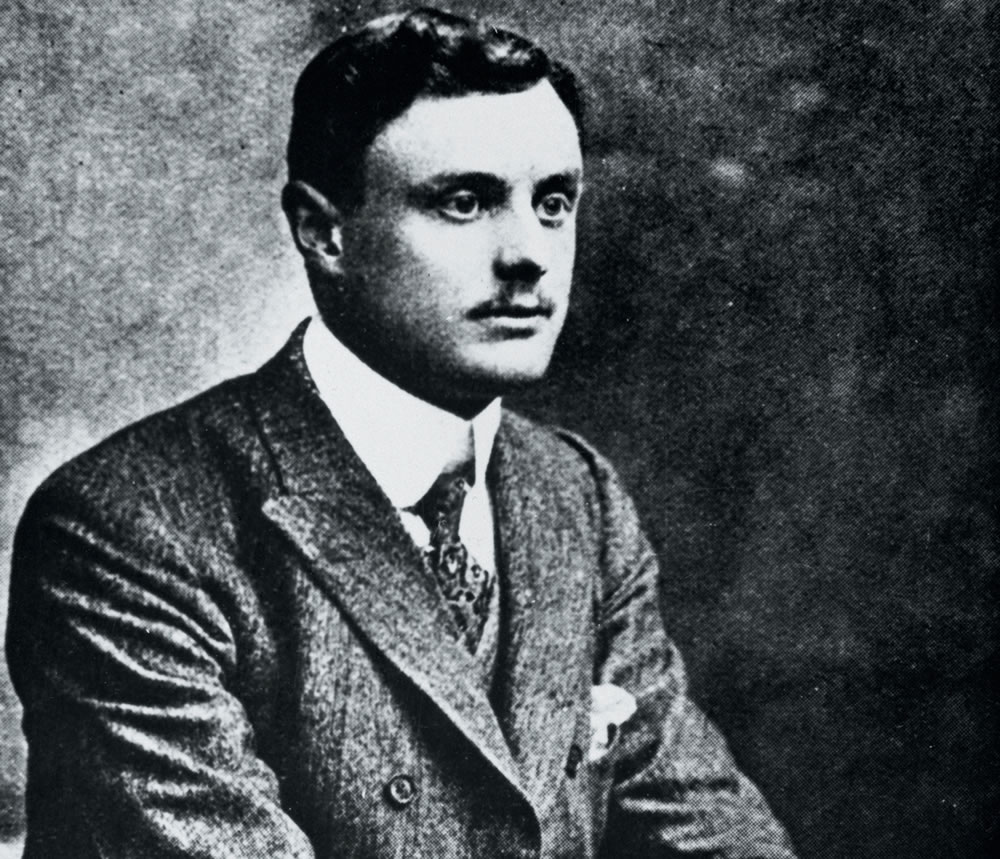
It was as a result of the First World War that Rolls-Royce would expand into a wider array of engines, after the government sought help for the production of equipment that would support Britain’s war efforts. Royce would design an aero engine, called the Eagle which would power the first direct transatlantic flight as well as the first flight from England to Australia, as the engine of the Vickers Vimy aircraft. This commenced the company’s dual manufacturing expertise in both motor car and aviation engines.
Rolls had been attempting to persuade Royce to produce an aero engine for a number of years as his interest moved from motor cars to aviation. Sadly he would never witness Royce’s first creation in this area. Rolls had died in 1910 at only 32 years of age in an air crash, shortly after becoming the first man to make a non-stop double crossing of the English Channel by plane.
The late 1920s and 1930s would see Rolls-Royce engines power air, land and sea records. Rolls-Royce would continue to develop innovative engines which would push the boundaries of what had previously gone before. Developed firstly as an aero engine, the ‘R’ engine set a new world air speed record and eventually evolved to become known as the Merlin engine which would go on to power the famous Spitfire and Hurricane planes which would be vital to Britain’s success in the Second World War.
Sir Malcolm Campbell’s Blue Bird 1933 land record was courtesy of a Rolls-Royce ‘R’ V12 engine. George Eyston would reach 312.2mph in Thunderbolt in 1937 powered by two such engines. Royce, by now, Sir Henry Royce, having been awarded a baronet in 1930 for services to British Aviation, didn’t see all these achievements, passing away aged 70 in 1933.
Whilst Rolls-Royce engines were making headway in aviation, on the more mainstream car front, in 1925, the legendary Silver Ghost was phased out to be replaced by the New Phantom (now referred to as the Phantom I), a vehicle that would be made both in the UK and, for a period, in the USA, with the company having set up a factory in Massachusetts to meet the increased demand overseas for Rolls-Royce vehicles, which had gained an international following and reputation.
The Phantom would become a name synonymous with Rolls-Royce cars and have a number of iterations with the Phantom II being made between 1929 and 1936. The Phantom III was then introduced featuring a V12 engine, the only V12 until the Silver Seraph was introduced in 1998. Production of the Phantom would cease in 1939 for over a decade. Back in these times, it remained only the engine and chassis that were made by Rolls-Royce, with the body of the vehicles supplied by a select number of coach builders, the most well known for Rolls-Royce being Park Ward, Mulliner, Hooper and Thrupp and Maberly.
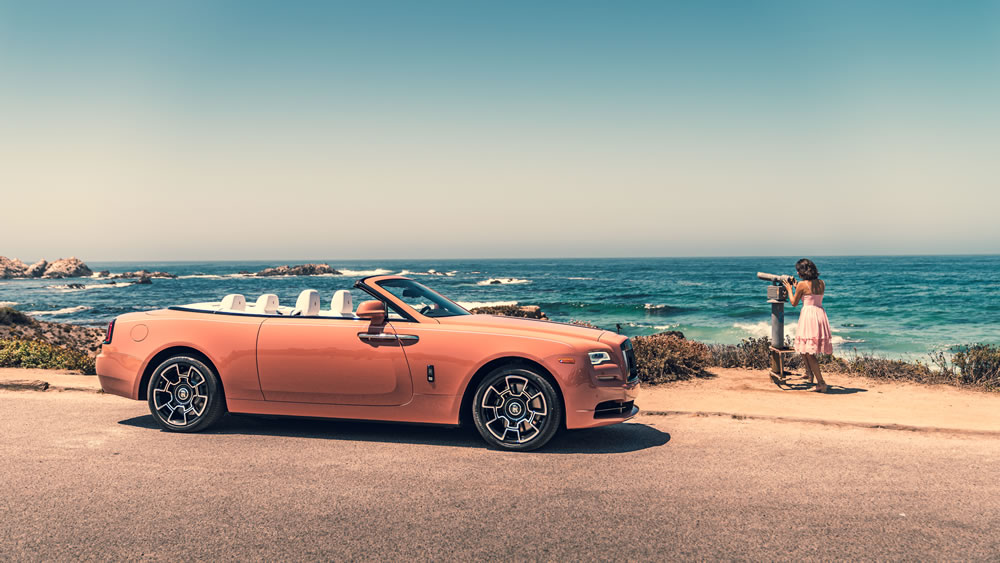
The Phantom IV would be brought back into production in 1950, however, only eighteen vehicles were made, specifically for the British Royal Family and other Heads of State. These limousines, highly prestigious and restricted in availability, would further work to enhance the status of Rolls-Royce as the most sought-after manufacturer in the world.
The first was for the then Princess Elizabeth and her husband, HRH The Duke of Edinburgh. Originally acquired as a private vehicle, it became an official state limousine in 1952 and was repainted in the sovereign’s colour scheme of royal claret and black. It remains in use today, its most high profile outings being as part of the collection of vehicles used at the weddings of the Duke and Duchess of Cambridge and the Duke and Duchess of Sussex. Princess Margaret received a Phantom IV, as did a select few other members of the British Royal Family. General Franco of Spain received three armoured Phantom IVs, others went to the Shah of Iran and Aga Khan III.
The Phantom V, launched in 1959, became a celebrity icon. Beatles legend, John Lennon, acquired one, as did Elton John and Elvis Presley. Production of Phantoms ceased again in 1990 with the Phantom VI for over a decade until the new owners of Rolls-Royce Motor Cars, BMW, re-launched the range.
Having supplied engines to Rolls-Royce and Bentley vehicles for a number of years, when Vickers, the British engineering firm and the owners of the combined marques, decided to sell Rolls Royce Motors, BMW made an offer to acquire the car marques, but were outbid by Volkswagon. Vickers had acquired Rolls Royce Motors in 1980. The automotive business was demerged from Rolls-Royce Limited, which had been nationalised in 1971 after its financial collapse and Rolls Royce Motors was floated in 1973. The Government selected to sell off the motoring division to enable Rolls-Royce Limited to focus on the manufacture of jet engines.
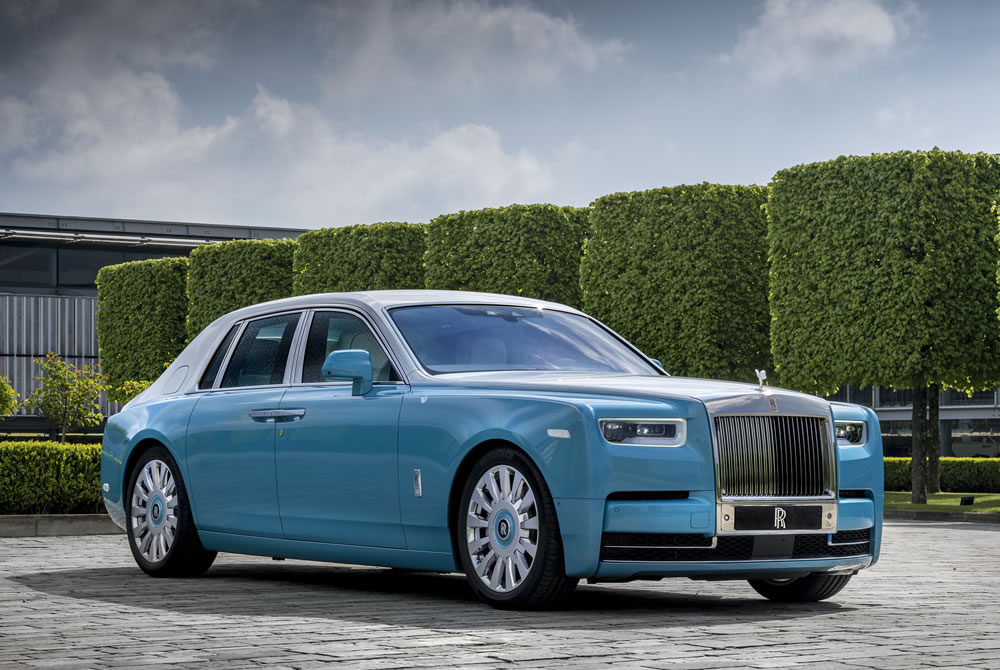
The acquisition by Volkswagen provided it with the Crewe factory, the Spirit of Ecstasy mascot and the iconic radiator grille. However, the Rolls-Royce brand name and logo were still owned by Rolls-Royce, now operating as the separate aero-engine maker. Rolls-Royce decided to license the name and logo to BMW due to their recent joint ventures in a number of areas. This created an awkward situation, neither Volkswagen or BMW able to re-create Rolls-Royce vehicles with the full assemblage of elements that made the historic marque so famous and sought-after. BMW held the upper hand, with a contract that enabled them to withdraw their engine supply to Rolls-Royce cars within 12 months, which would be too short a time frame for Volkswagen to develop the engines necessary for the Rolls-Royce vehicles.
After extensive negotiations, a deal was struck that enabled Volkswagen to make Rolls-Royce vehicles until 2003, after which it would make only Bentley models, with BMW producing Rolls-Royce cars. These two great British luxury automobile brands would finally be separated again, enabling both Bentley and Rolls-Royce to enter a new era which has seen them each reclaim their own identity, after a period of time (Bentley had been bought by Rolls-Royce back in 1931) when the two marques lost any form of distinctiveness, differing only by their badge.
The 2003 Phantom would reinvigorate the Rolls-Royce brand under its new ownership and a drophead coupé and coupé version would follow in 2007 and 2008 respectively. The current range under BMW’s control continues to draw inspiration from the past. Recent versions have included the Ghost launched in 2010, the Wraith, a luxury grand tourer in 2013 (originally launched in 1938) and the Dawn, a stunning four-seater luxury convertible in 2016 (the Silver Dawn was originally launched in 1949).
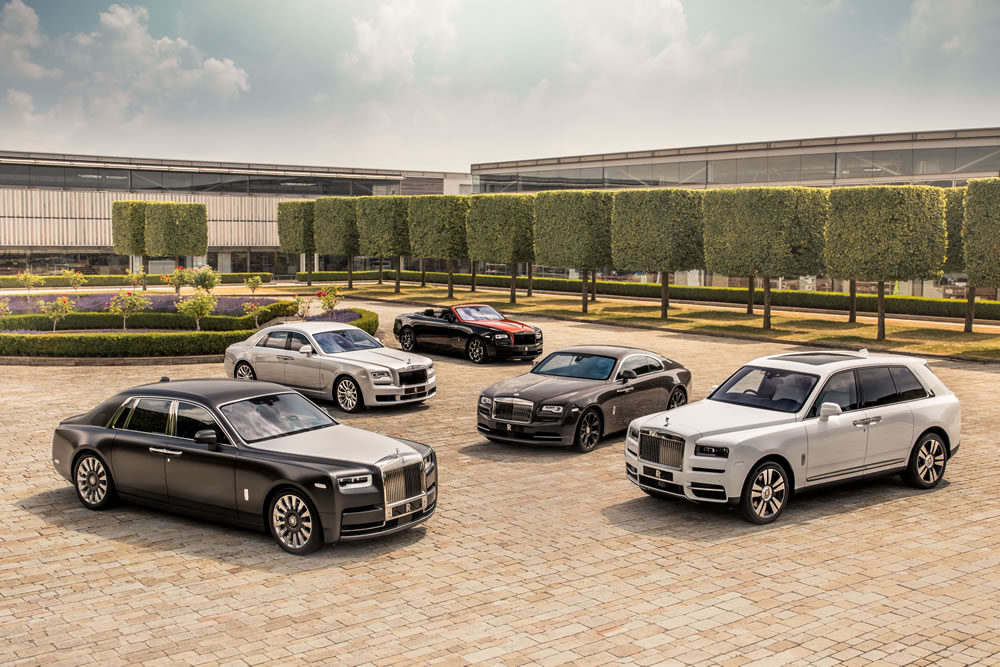
Inspired by the coach building of the 1920s and 1930s, the Rolls-Royce Sweptail was a one-off car, designed to the desires of its purchaser in conjunction with Rolls-Royce’s creative director. The Sweptail, with an alleged price tag in excess of $10 million, is reputed to be the most expensive new build car ever, and is one of the most visually arresting cars of all time. A stunning contemporary luxury vehicle, with design nods to the beauty of Rolls-Royce cars of a bygone era, combined with design elements taken from classic and modern yachts.
As well as being inspired by its history, Rolls-Royce has continued to innovate and evolve, always with the luxury consumer in mind. It launched the Rolls-Royce Cullinan in 2018, delivering an SUV which sets new benchmarks in luxury. The Cullinan helped propel Rolls-Royce to its most successful year of sales in the company’s history in 2019, producing over 5,000 vehicles in total, a 25% rise on the prior year and delivering cars to clients in over 50 countries around the world. The Cullinan was a star performer, making ‘a major contribution to sales growth’ and attracting new buyers into the marque after securing the largest advance order book and fastest post-launch sales growth of any Rolls-Royce model in history.
A Rolls-Royce is luxury like no other. Each new Rolls-Royce is hand built to order, with the smallest details hand crafted to the explicit tastes and requirement of the client. Whilst over 5,000 cars may be produced each year, each one is still crafted with the same passion and dedication for perfection with which Henry Royce and Charles Rolls founded their small car company all those years ago. Now, over 115 years later, Rolls-Royce stands proud as one of the most recognised and coveted luxury brands in the world.
Images courtesy of Rolls-Royce Motor Cars












